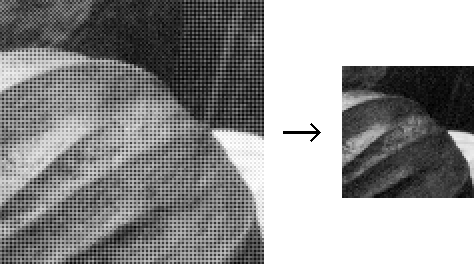Regarding the noise reduction at low ISO I do have 100-1600 ISO shots like the ones Guillermo analyzed. So I plan to go ahead and check FFTs on all those images, but I don't have image analysis software on my primary workstation (Apple Imac using Tiger), so I need to revert to another platform, or find good software for the Mac. The need is essentially to be able to read unprocessed images in TIFF or similar format and perform FFT on them.
Erik I use a PS plugin for FFT by Alexandre V. Chirokov. You can download it from
here. Just save it in the usual path for plugins and apply it to the noise image having been converted to 8 bit.
Channel G of the resulting image is the FFT amplitude.
For extracting the RAW data from each channel, you can use DCRAW in Mac. I would recommend:
dcraw -v -d -r 1 1 1 1 -T -4 -t 0 file.cr2
The resulting TIFF will be a grayscale RGGB pattern with RAW data. It was simply rescaled and fitted in the 16-bit range.
To isolate each of the R, G1, G2 and B channels you don't need to leave PS, just rescale to 50% using the 'Aproximation' (no idea if the name changes for the English versions of PS) method. This performs a nearest neighbour rescaling which will pick only one out of each 4 channels:


For a RGGB pattern:
1. Straigt rescaling provides the B channel (like in the previous image).
2. If you add 1 pixel of canvas on both sides prior to rescaling it provides the G2 channel
3. If you add 1 pixel of canvas up and down prior to rescaling it provides the G1 channel
4. If you add 1 pixel of canvas on both sides so as up and down prior to rescaling it provides the R channel
Once you have the desired channel, crop an area with uniform noise (no texture), converto to 8 bit and apply the FFT as explained above.
I would like to see the FFT at ISO100 with NR OFF and HIGH. Remember after FFT, the G channel of the image contains the FFT modulus, which can be enhanced using a contrast curve.
BR